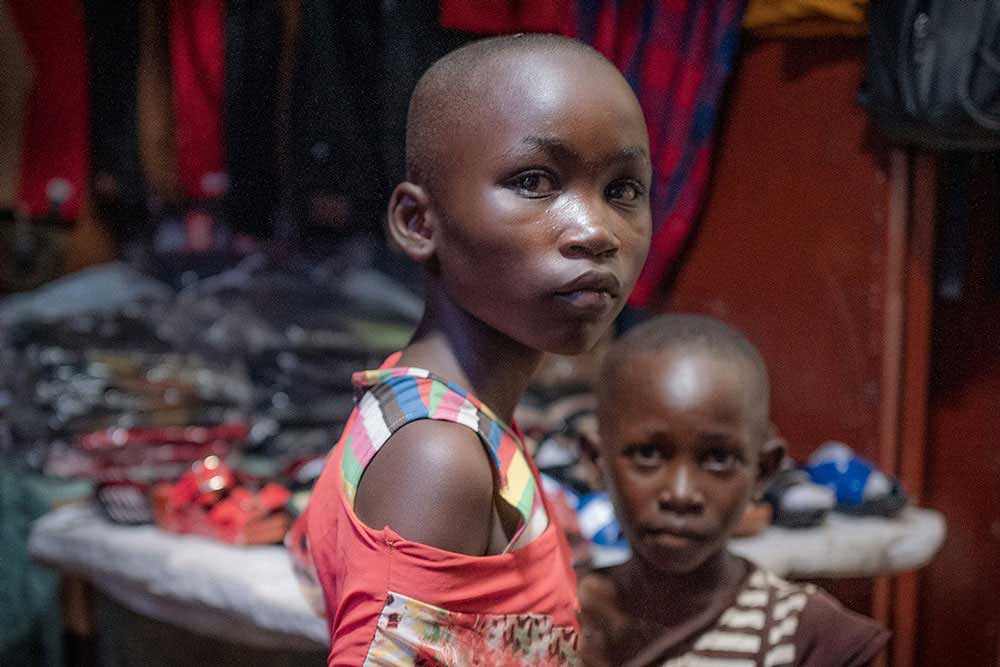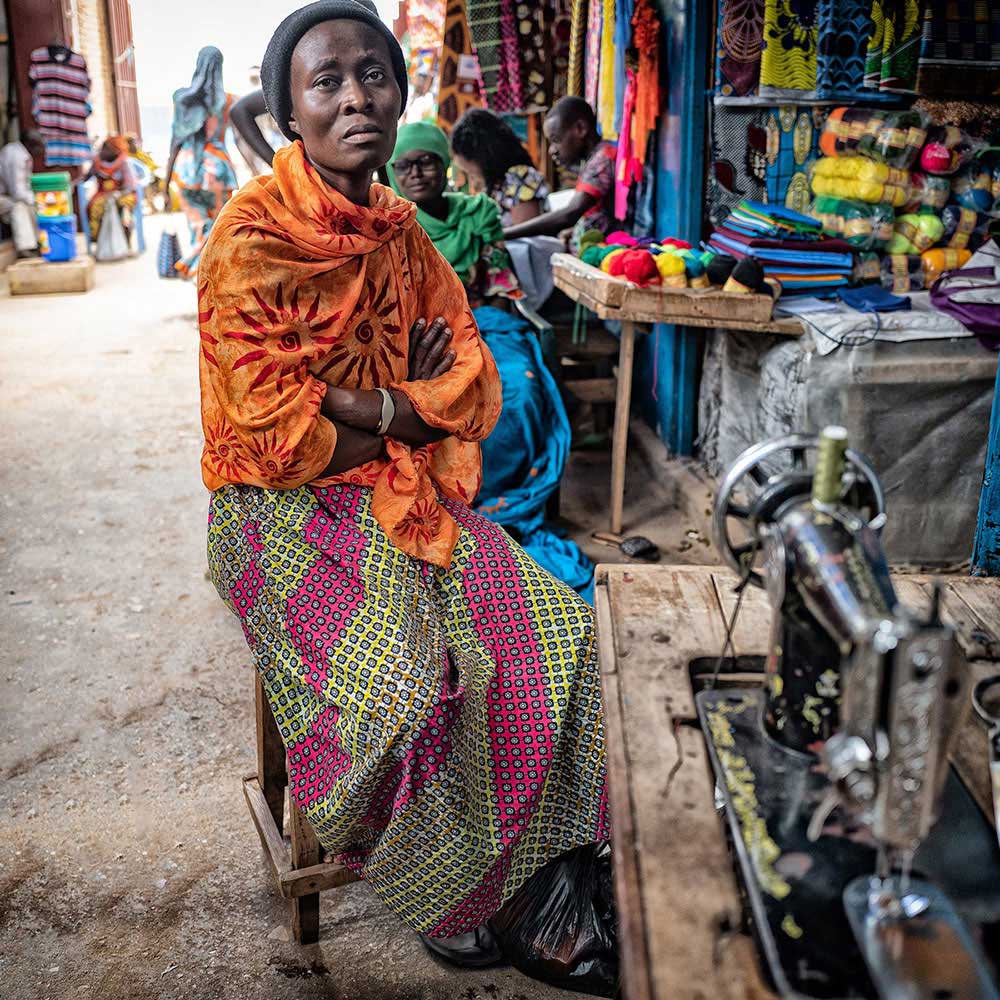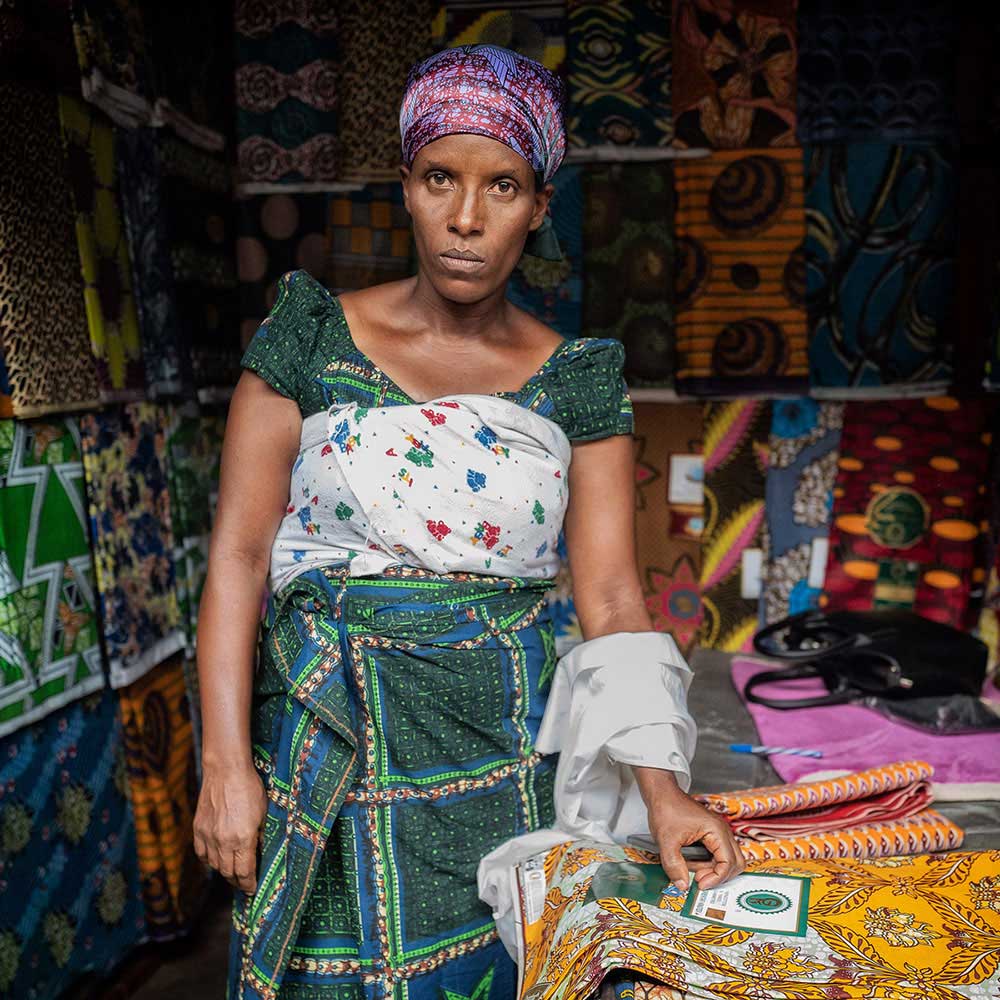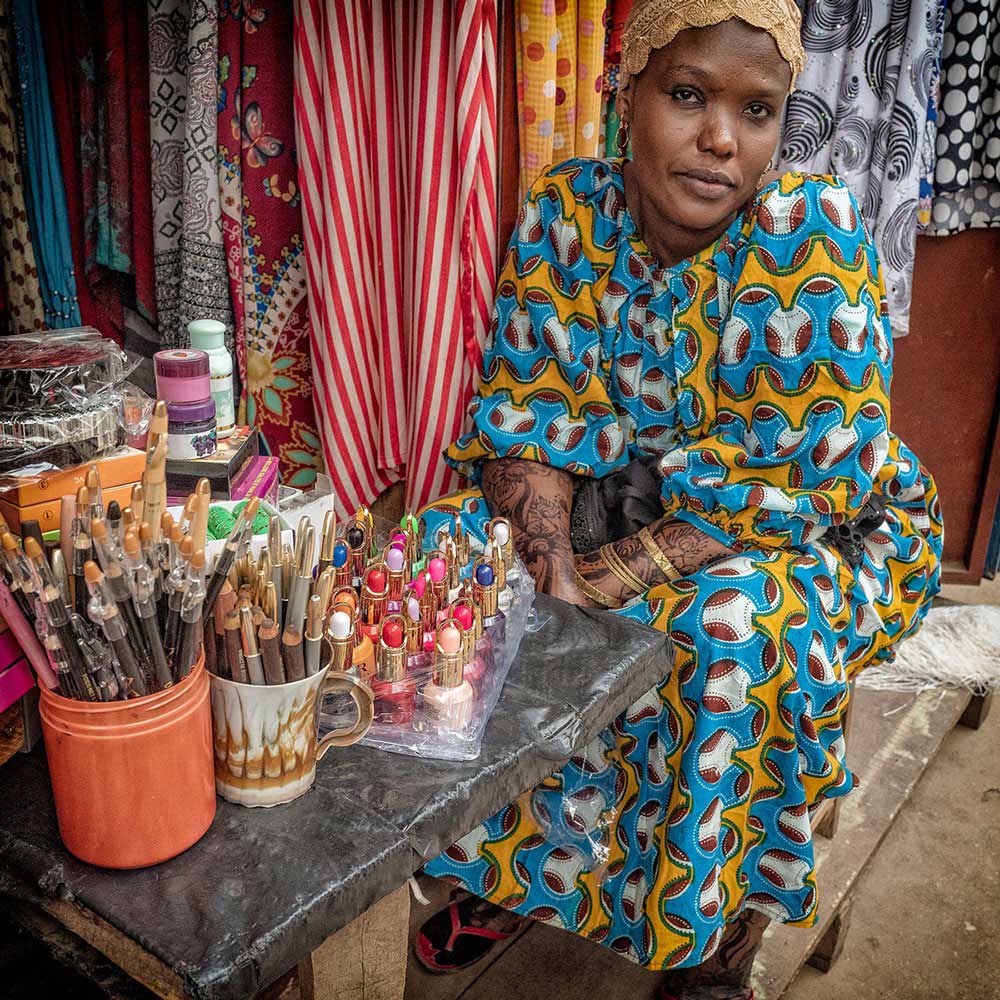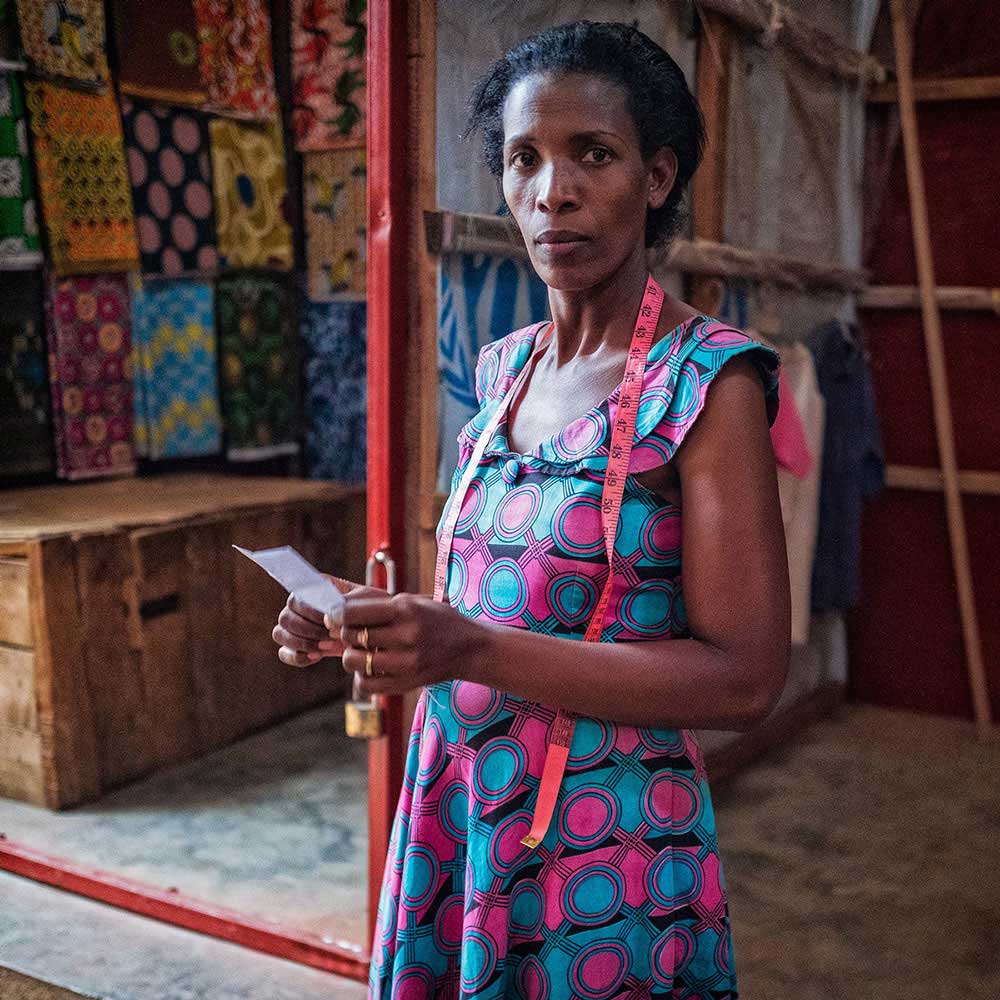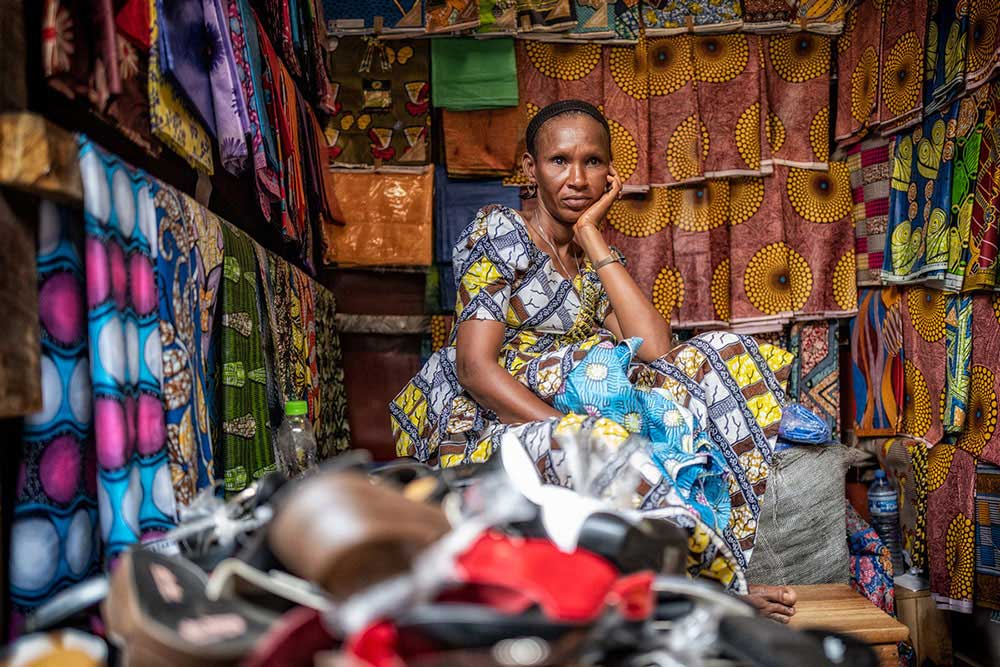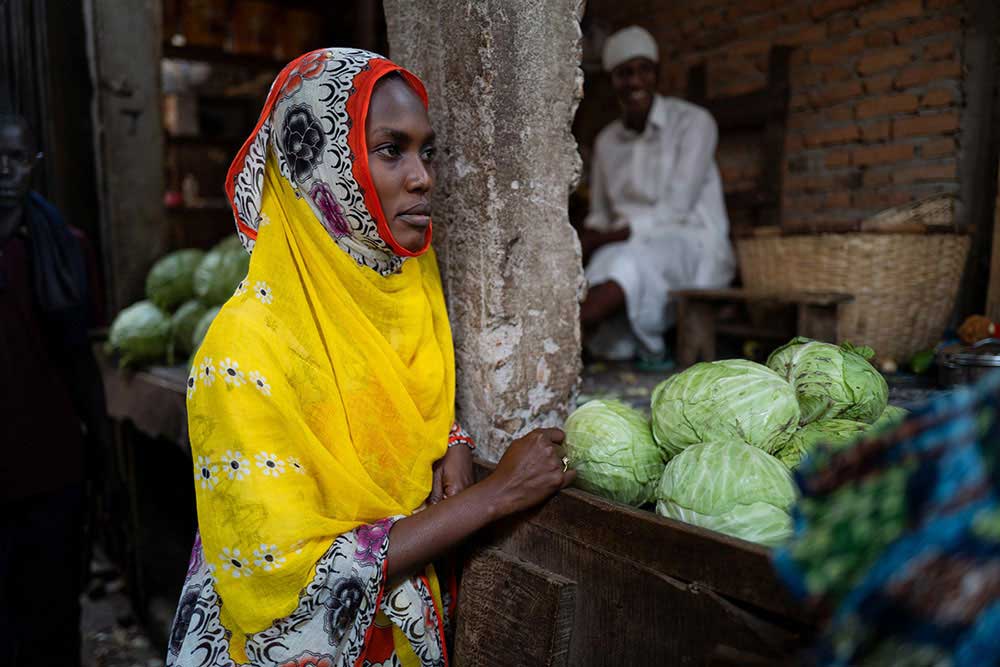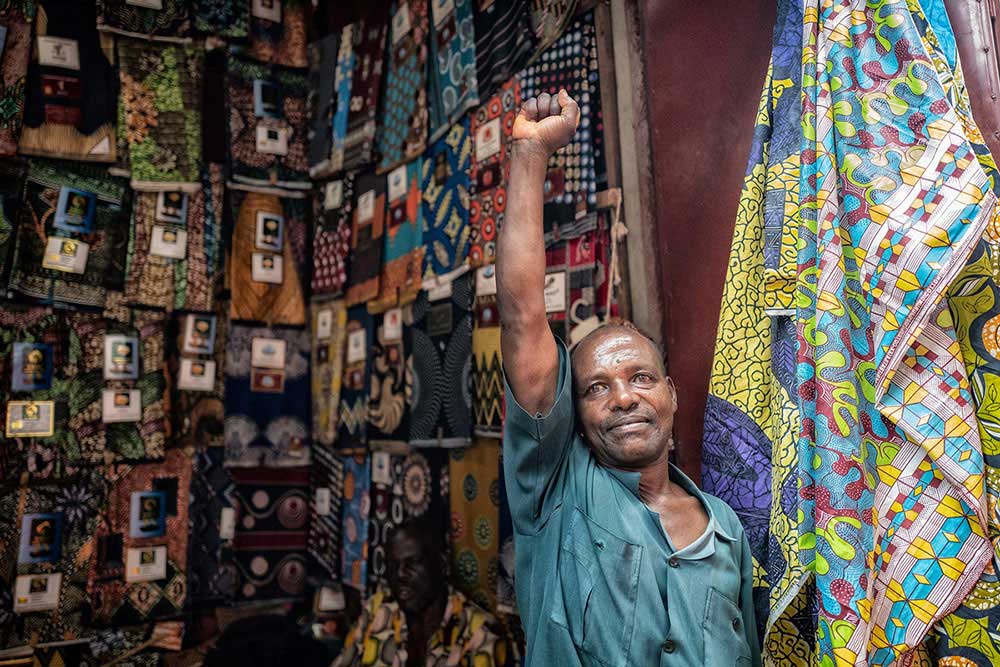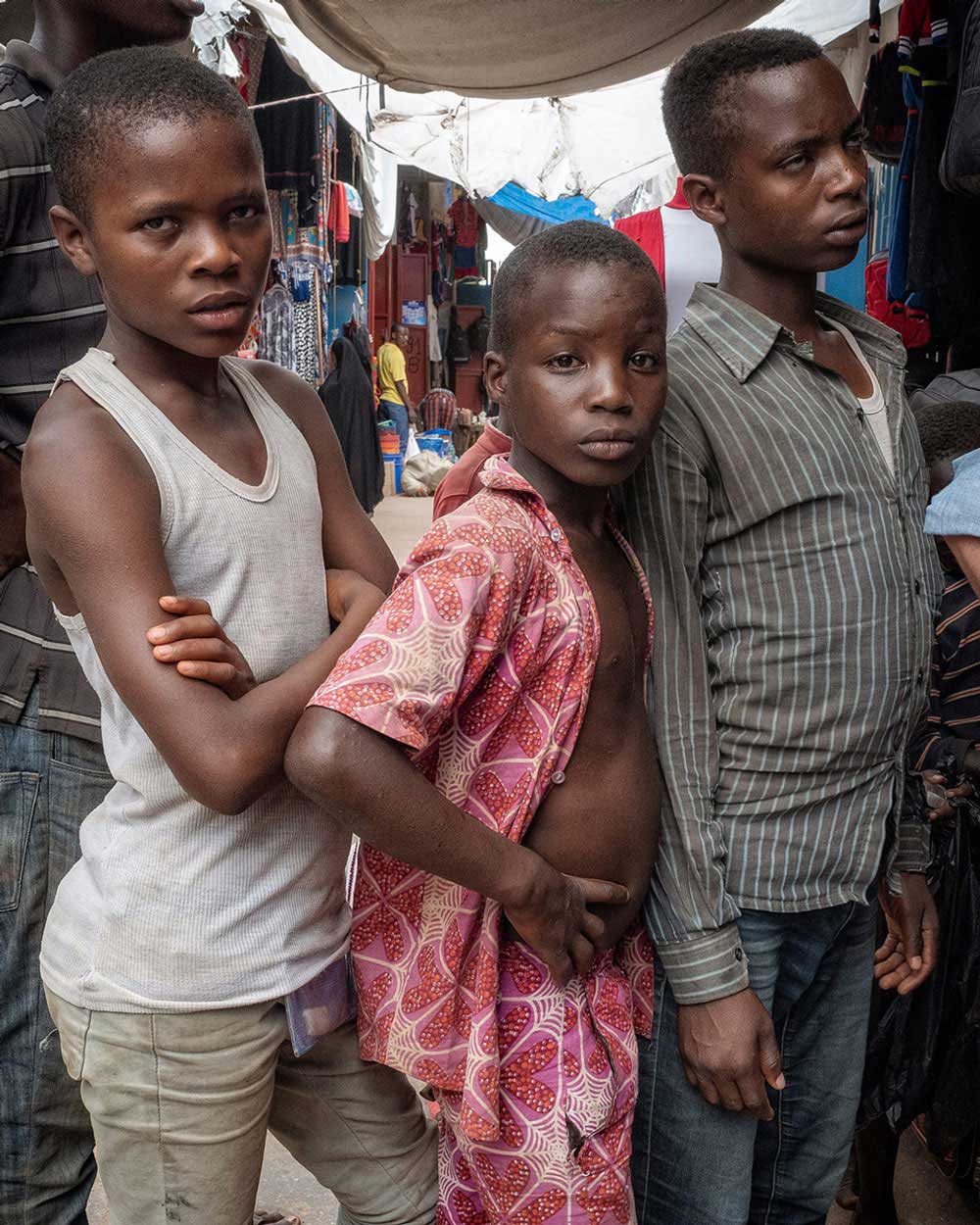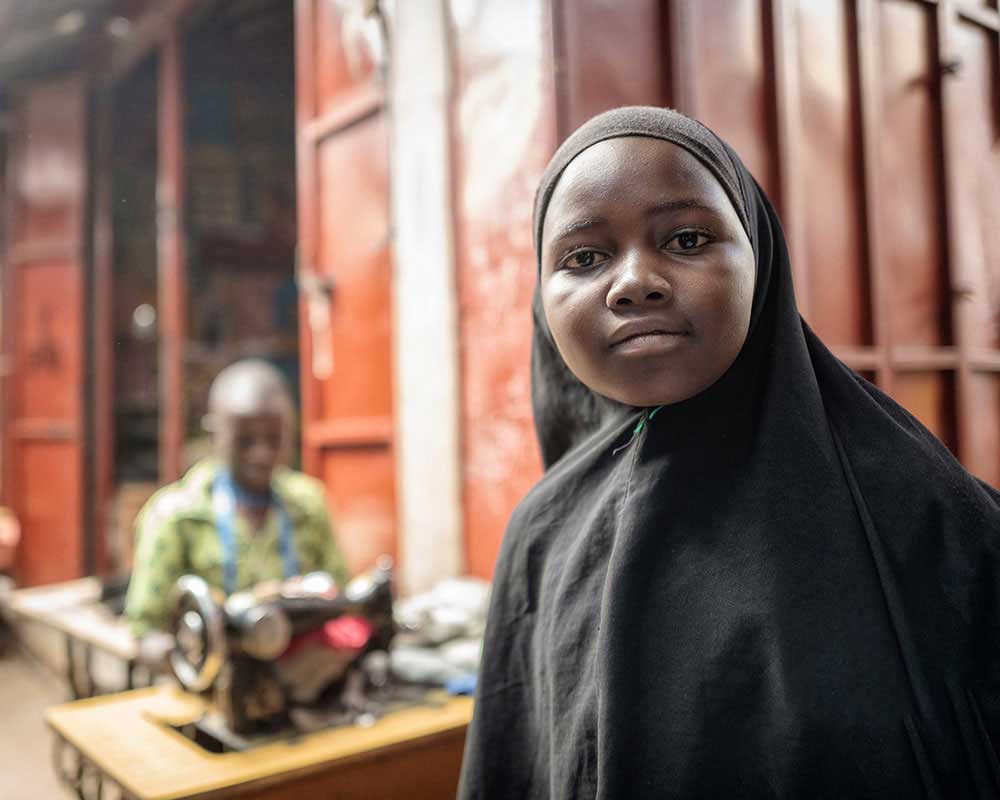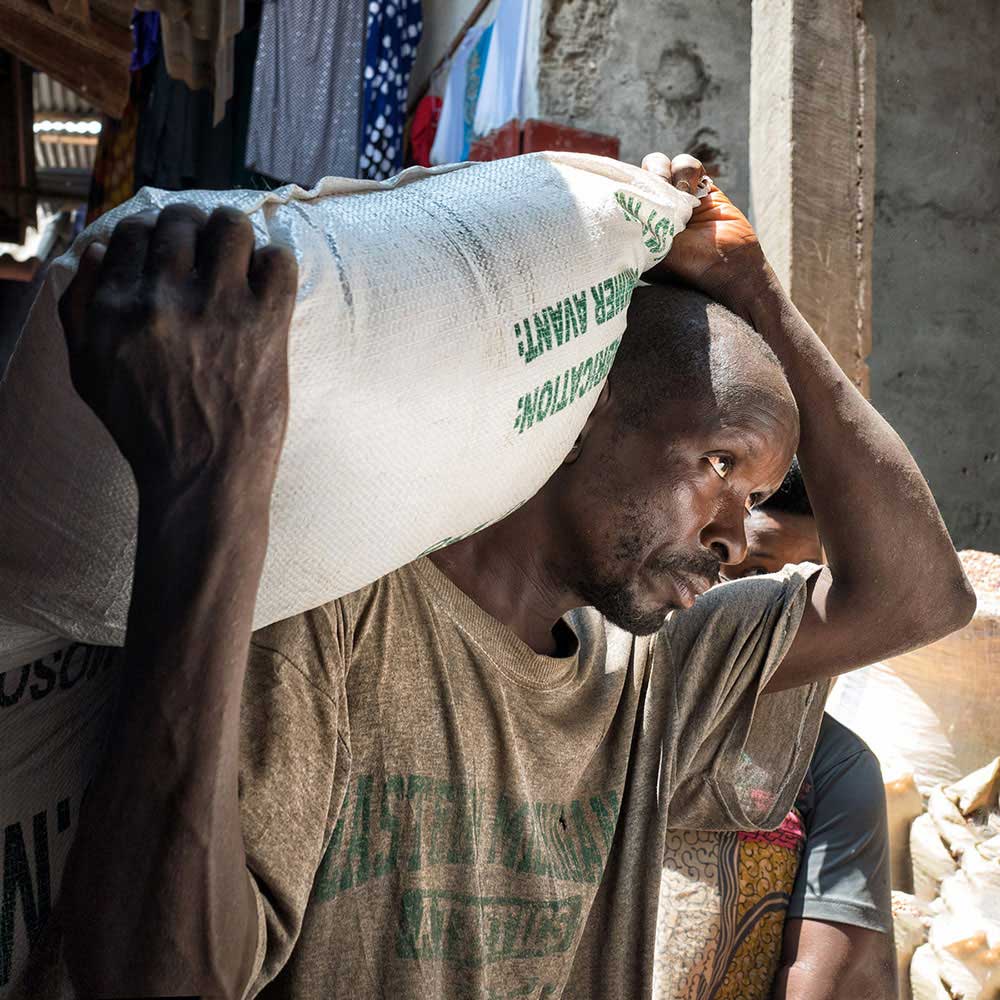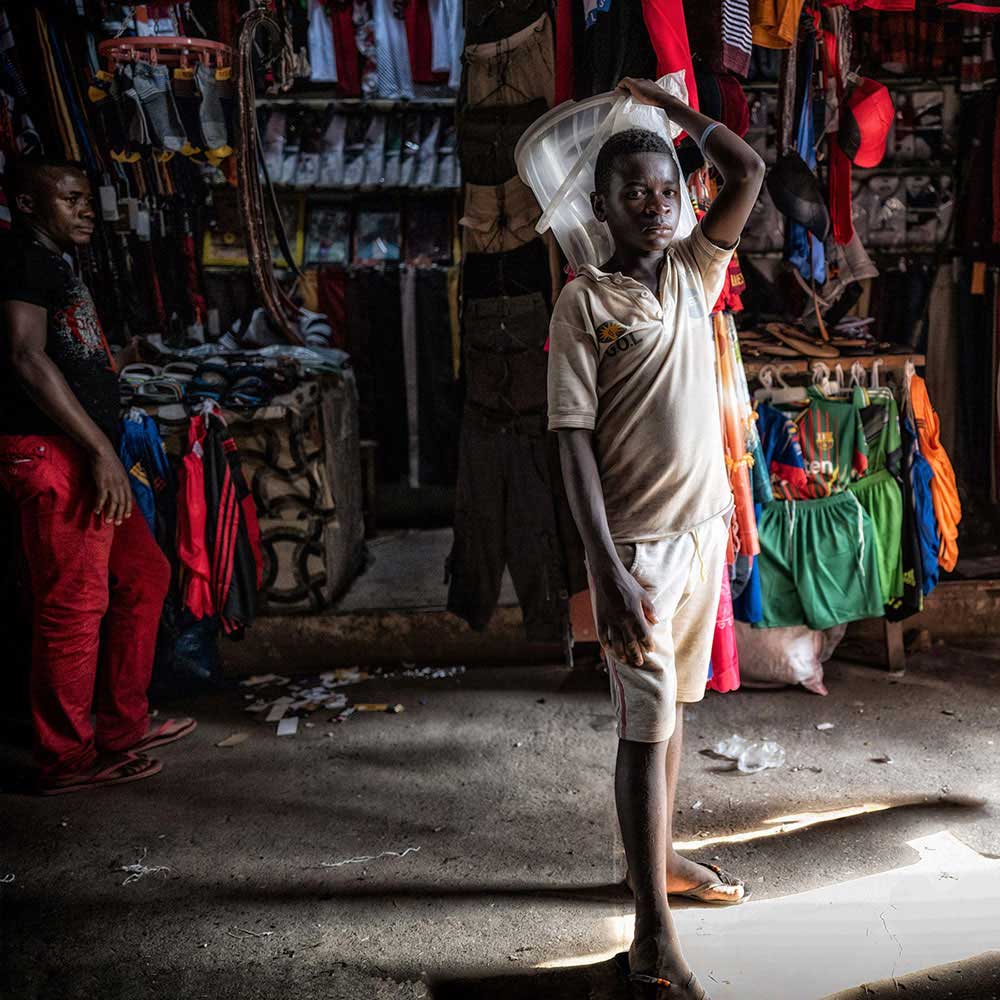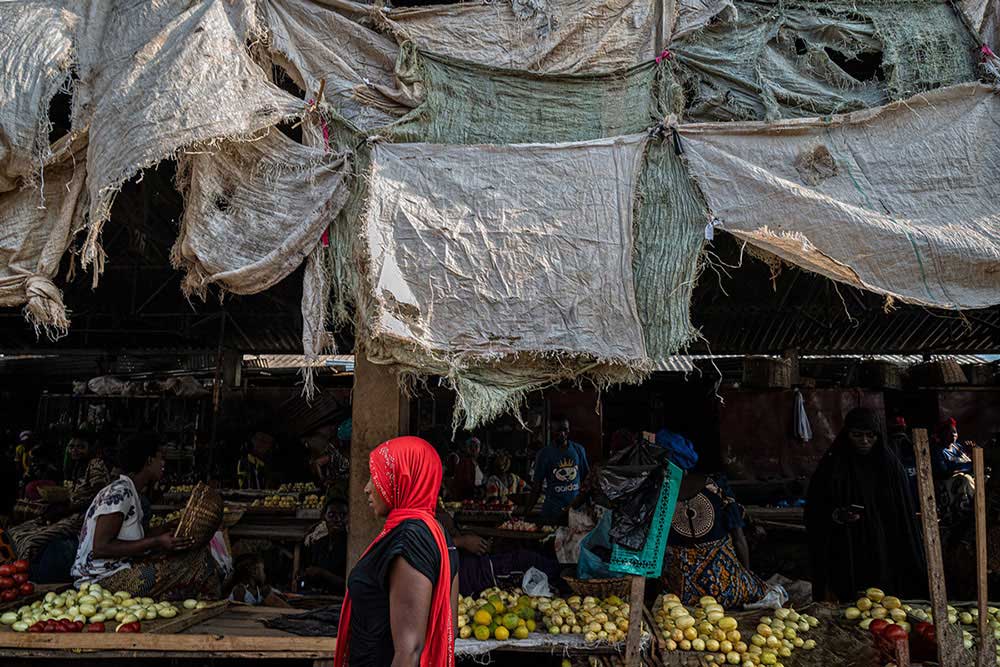Burundi is a small, landlocked, and little known nation of 12 million people located along the eastern shore of Lake Tanganyika between the Congo, Rwanda, and Tanzania.
In 1993 it suffered the same genocidal violence that afflicted Rwanda, only in Burundi the war lasted for more than a decade, took the lives of hundreds of thousands of people, and reduced the county to one of the poorest and hungriest in the world. Deogratias Niyizonkiza, then a medical student in the capital of Bujumbura, barely escaped with his life and arrived in New York City as a refugee. He struggled for months in homelessness and low wage jobs but was eventually befriended by a generous couple who took him in and sponsored his education. After several years of university training in public health and medicine, Deo returned to his home village in southern Burundi to create Village Health Works – a clinic, a school, and a group of economic cooperatives on a 25 acre campus in the village of Kigutu. Today, Deo’s vision is burgeoning into the construction of a modern women’s hospital that will bring modern health care to an area where nearly 5% of women die in pregnancy or childbirth during their lifetimes and 60% of the population is chronically malnourished. For the past two years, I have volunteered photography services to Village Health Works to document its work and the people it serves.
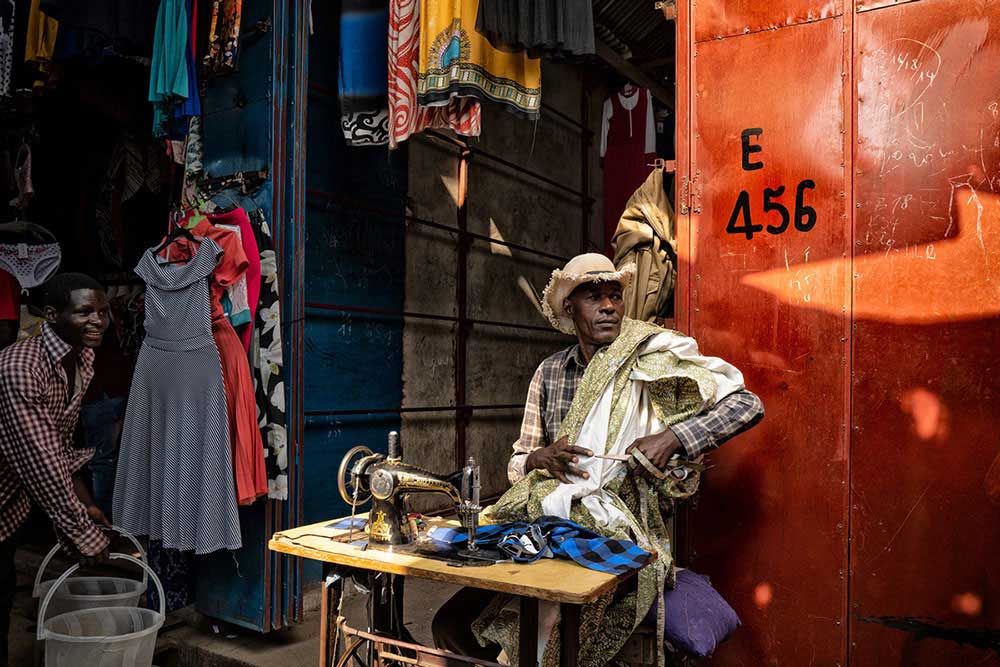
Situated on Lake Tanganyika about 12 miles from Village Health Works, the market and fishing town of Rumonge is the closest thing to a commercial center in the region. Of particular interest is the kitenge market where the tailor who runs the sewing cooperative on campus purchases the brightly patterned cotton fabric that he and his assistants fashion into the clothing and accessories for which Burundi is famous. Once a majority Arab town located on the ancient slave route between North and Central Africa, Rumonge’s market is still marked by a strong Muslim presence in country dominated by Catholic and Pentecostal religions. Since the expulsion of most NGOs a few years ago, there are very few European visitors to Rumonge, a fact which makes for a rich exchange between the merchants and any white photographer.
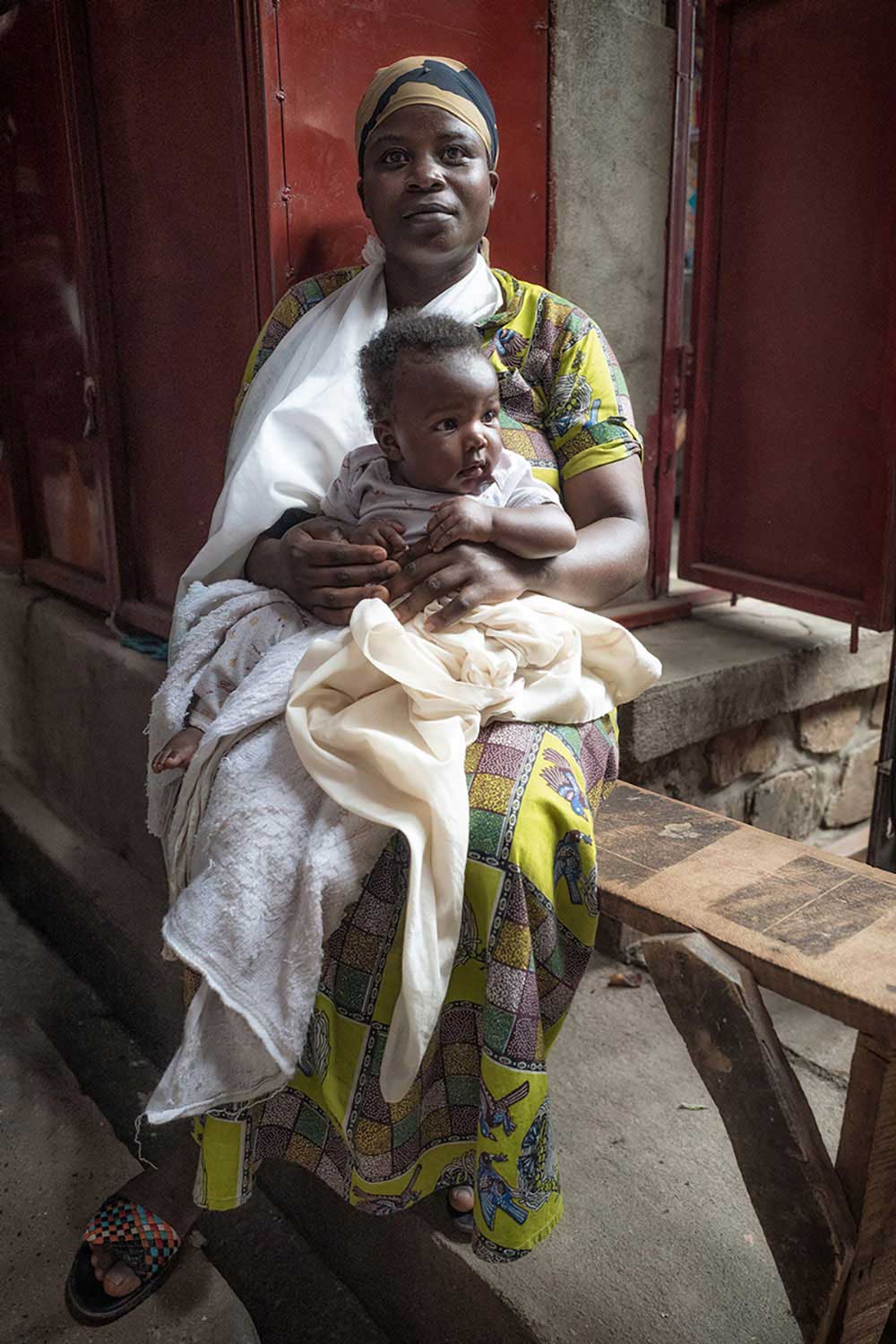
About William Bullard
I have been an avid photographer since childhood, taking inspiration first from my great-grandfather who photographed ships and gold mines in northern California at the turn of the century. A gift of an Edward Weston monograph sent me on a long journey hitchhiking throughout Europe with a view camera on my back. Later encounters and workshops with Minor White, Harry Callahan, and, most recently, Peter Turnley brought me gradually but fervently into street photography –a form that I have devoted myself to in both urban and rural settings for the last six years. Until my retirement in 2017, I served as a dean and teacher of English and photography for Montclair-Kimberley Academy (New Jersey), San Francisco University High School, and Collegiate School (New York). I received my B.A. from Wesleyan University and Ph.D. in English from Boston College. Over the last several years, I have been fortunate to have had a steady showing of my work in New York, international, and regional galleries and to have been published in a variety of print and online magazines, including two Spotlight articles in the December 2018 and, upcoming, in the October 2020 issues of B&W Magazine. [Official Website]
